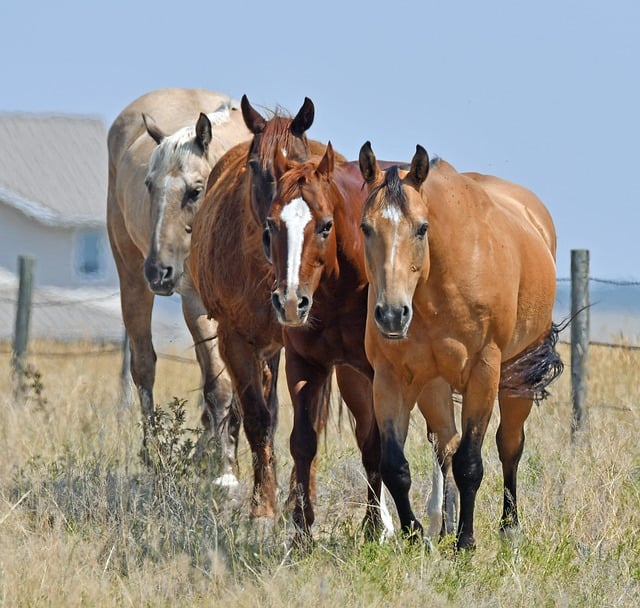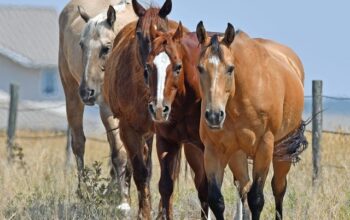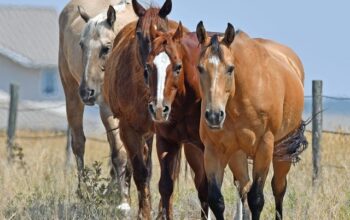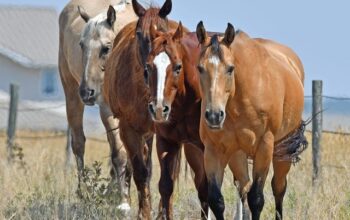Farming encompasses more than crop cultivation, requiring the establishment of a secure, efficient, and visually appealing space. A farm fence serves multiple crucial functions, including protecting crops from wildlife, containing livestock, enhancing security, and contributing to landscape design. When choosing a fence, consider land type, animals housed, local regulations, budget, and purpose (e.g., containment vs. privacy). DIY options are cost-effective but may lack quality and durability; professional installation guarantees compliance with standards, especially for large animals and unpredictable weather. Assess land needs, determine fencing purposes, check local regulations, and weigh DIY versus professional assistance based on farm environment and project complexity.
Consider installing a fence for your farm? It’s a big decision—one that impacts both functionality and aesthetics. DIY fencing can offer cost savings and satisfaction from completing a project independently. However, professional help ensures expert installation, longer-lasting results, and peace of mind. This guide navigates your options, helping you understand the benefits and drawbacks of each approach. From assessing your fencing needs to comparing costs, learn how to make an informed decision that suits your farm’s unique requirements.
- Understanding Your Fencing Needs for Farms
- – Assessing the perimeter and purpose of your farm fencing
- – Types of fences suitable for different farm environments (e.g., livestock vs. property)
- DIY Fencing Farm Installation: Pros and Cons
Understanding Your Fencing Needs for Farms
Farming involves more than just growing crops; it’s about creating a secure, efficient, and aesthetically pleasing space for your agricultural activities. Understanding your fencing needs is therefore paramount. A fence for farms serves multiple purposes beyond simply demarcating property boundaries. It protects crops from wildlife, prevents livestock from straying, enhances security, and contributes to the overall landscape design.
When considering a fence for farms, several factors must be taken into account. These include the type of land (e.g., open pasture, orchards, vegetable fields), the animals to be contained (cows, sheep, chickens), local regulations regarding fencing, and your budget. Each farm is unique, so a tailored approach is essential. DIY options can be appealing for their cost-effectiveness, but professional installation offers guarantees of quality, durability, and compliance with safety standards – particularly crucial when dealing with large animals or unpredictable weather conditions.
– Assessing the perimeter and purpose of your farm fencing
Before deciding between DIY farm fence installation or professional assistance, it’s crucial to assess your farm’s perimeter and fencing purpose. Understanding the unique needs of your land is the first step in ensuring an effective and lasting solution. Consider the size and shape of your property, as well as the type of animals you plan to keep enclosed. A fence for farms can serve various purposes, from containing livestock to providing privacy or security. Different farm fences cater to different objectives; electric fencing is ideal for keeping animals in check, while a solid wooden fence offers more privacy. Additionally, take note of any local regulations regarding fencing heights and materials, especially if you live in an area with specific guidelines for agricultural boundaries.
– Types of fences suitable for different farm environments (e.g., livestock vs. property)
When considering a fence for farms, the choice between DIY installation and professional help depends on various factors, including the type of farm environment and specific fencing needs. For livestock management, durable and tall fences are essential to keep animals contained and safe. Electric fences are a popular option due to their effectiveness in controlling animal movement without causing harm. These typically require proper planning and expertise for optimal performance and safety.
In contrast, property fences serve mainly to define boundaries and enhance security. Options like wood, vinyl, or chain-link fences can effectively accomplish this while offering aesthetic appeal. The choice here leans more towards DIY installation, as these materials are readily available and relatively straightforward to erect, provided you have the necessary tools and some basic skills. However, for larger projects or complex designs, consulting with professionals ensures a fence that meets both functional and regulatory standards.
DIY Fencing Farm Installation: Pros and Cons
DIY fencing farm installation can be an attractive option for those looking to save costs and take on a challenging yet rewarding project. The pros include the potential for customization, allowing farmers to design a fence that perfectly fits their unique needs and landscape. It also offers a sense of accomplishment and cost savings, as there’s no need to hire professionals. However, there are significant drawbacks to consider.
The cons of DIY fencing farm installation include the steep learning curve involved in properly installing a durable and effective fence. Farmers may lack the necessary tools, expertise, or experience to handle heavy equipment and complex techniques required for certain types of fencing. This can lead to poor workmanship, structural weaknesses, and even safety hazards. Moreover, time constraints and other commitments might make it difficult to dedicate the necessary hours to complete the project effectively.
When considering a fence for farms, whether DIY installation or professional help is the better choice depends on your specific needs and resources. While DIY offers cost savings and flexibility, it requires significant time and expertise. Professional services provide quality assurance and faster completion but come at a higher price. For farm owners weighing their options, understanding the type of fence best suited to their land and purpose—livestock containment or property demarcation—is crucial. This knowledge, combined with an assessment of personal skills and available time, will guide the decision that best meets your farming goals.




